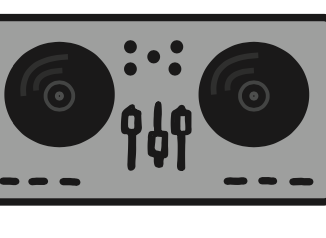
photo credit: Ella Kirk
In the wide variety of therapeutic interventions for troubled youth, wilderness therapy camps surprisingly stand out as a popular option. Making most of their money by boasting about the healing power of adventure, these programs promise transformation and rehabilitation for struggling teens through nature. However, beneath the endless amount of lies, there is a deeply concerning reality: wilderness therapy camps are flawed and potentially harmful to those they claim to help.
In the 1960s, school officials at Brigham Young University developed a course called “Youth Leadership 480.” The course, taught by then-undergraduate Larry Dean Olsen, aimed to help failing students gain readmission by learning outdoor survival skills on month-long backpacking trips in the Utah desert. Subsequently, the course garnered the attention of Utah County officials, who adopted its model to try to help juvenile delinquents. Realizing the profit potential, some of Olsen’s former peers branched off and started their private wilderness therapy camps according to Arkansas Advocate.
At first glance, the idea of these camps seems promising. Removed from the distractions and stresses of modern life, the teens involved are thrust into the heart of nature, where they are encouraged to confront their deepest thoughts amidst the landscapes and activities they are provided with. Counselors and workers of these therapy camps argue that this camp in nature helps show personal growth and self-reliance.
But the truth is far more complicated than what it’s made out to be. While some may find temporary peace in the wilderness, others are subjected to an array of dangers and abuses. One of the biggest issues when talking about wilderness therapy camps is the lack of regulation on the patients. Unlike traditional therapy programs, these camps run with minimal oversight, which can allow for a wide range of practices that can be both extremely unethical and harmful.
Some of these practices have resulted in reports of physical and emotional abuse, neglect and exploitation, which are alarmingly common within the industry. Stories of those participating in these camps being deprived of food and shelter, given harsh punishment, or even being sexually assaulted are just a few examples of the realities faced by the vulnerable youth in these camps. On top of that, isolation from family and friends can bring up feelings of abandonment and loneliness, leading to lasting psychological trauma or PTSD.
It is due to situations like these that it is argued the efficacy of wilderness therapy camps is slim and dangerous. While some individuals may experience temporary improvements in their behavior or mental health symptoms afterward, these gains are often short-lived and fail to address the underlying issues that contribute to their struggles.
With these concerns in mind, we must reassess the role of wilderness therapy camps in the treatment ideas of troubled teens. Rather than throwing vulnerable youth into unregulated programs with crazy practices, people must invest in evidence-based approaches to taking care of mental health that prioritize the safety and well-being of teens. Some steps to achieving this include increased oversight and regulation of wilderness therapy camps, as well as greater access to affordable mental health care for all youth.
While the idea of wilderness therapy camps may be tempting to some, it is more than important to research and realize that the risks far outweigh the potential benefits. It is time to acknowledge the obvious flaws of these programs and advocate for a more compassionate and effective approach to supporting teens in need of mental health care. Until then, the wilderness will continue to leave countless adolescents vulnerable to exploitation and harm.


